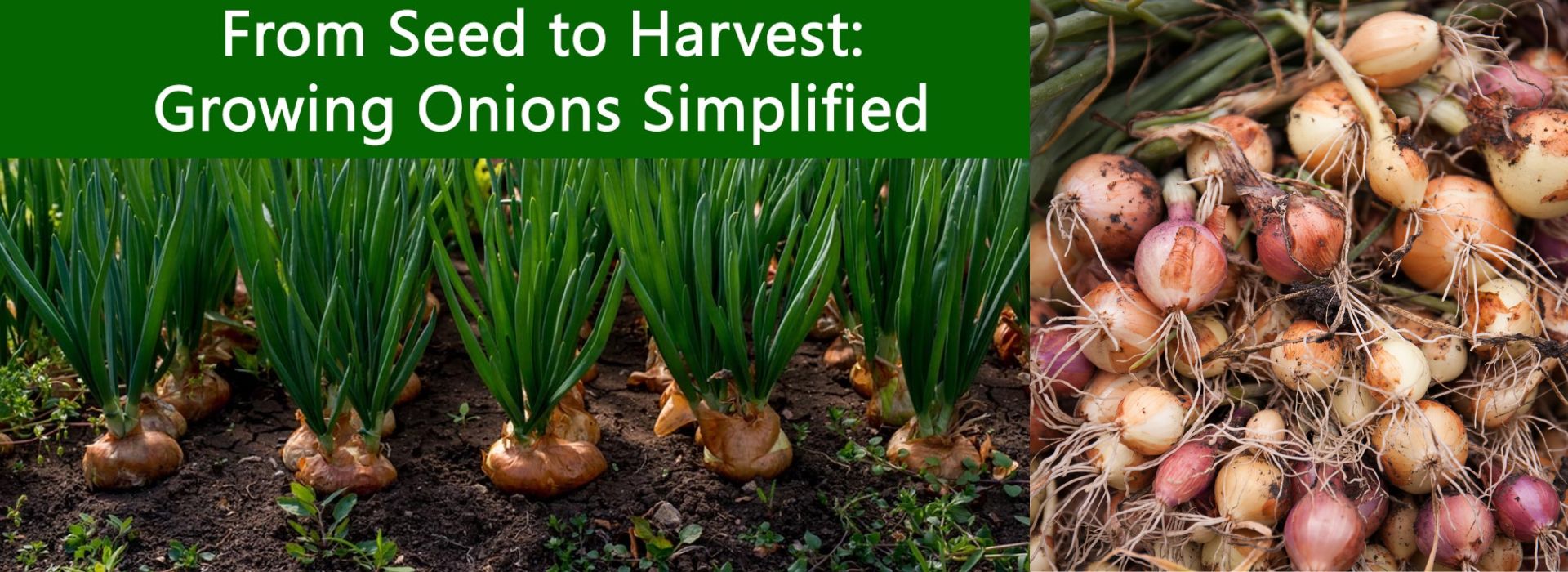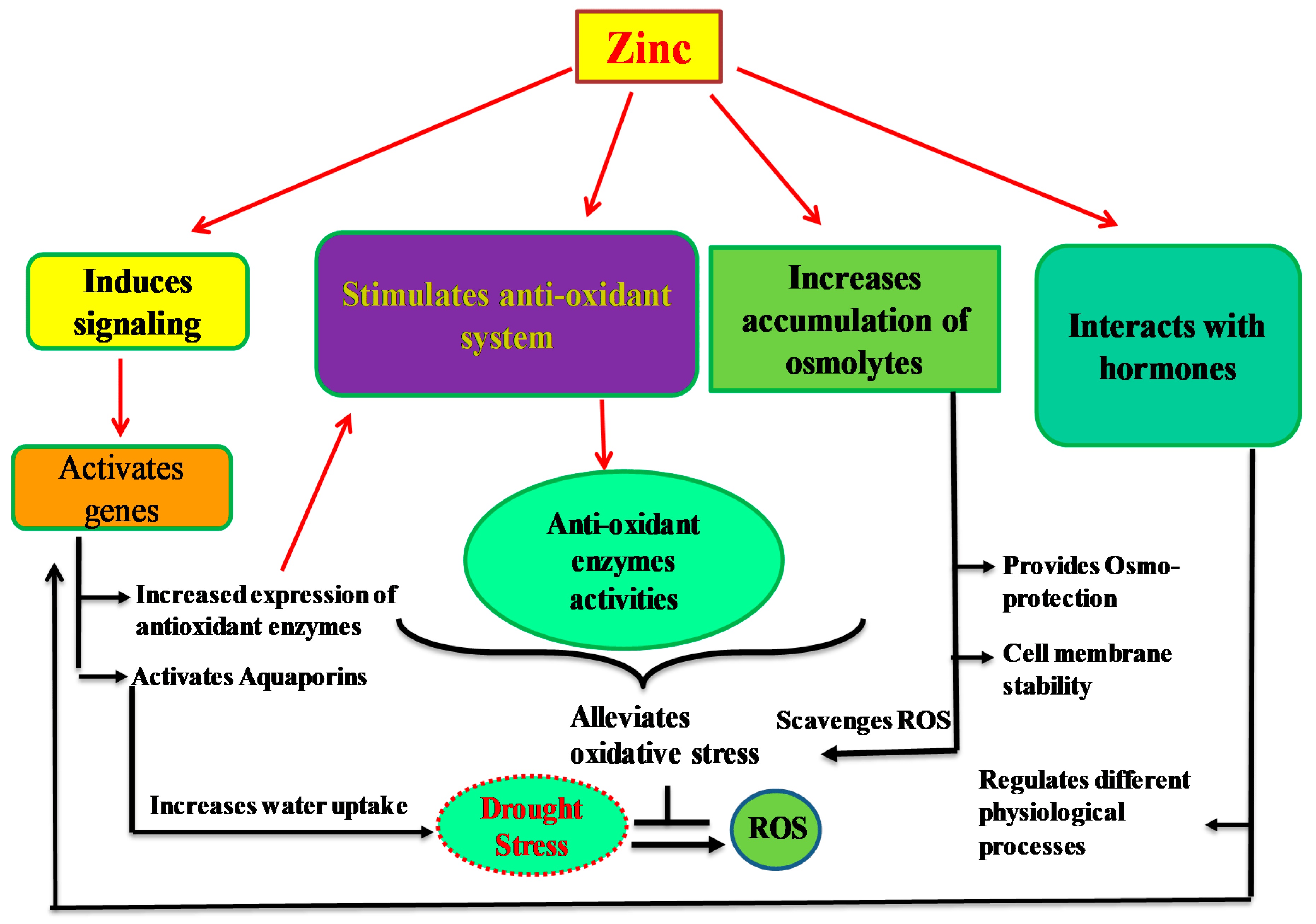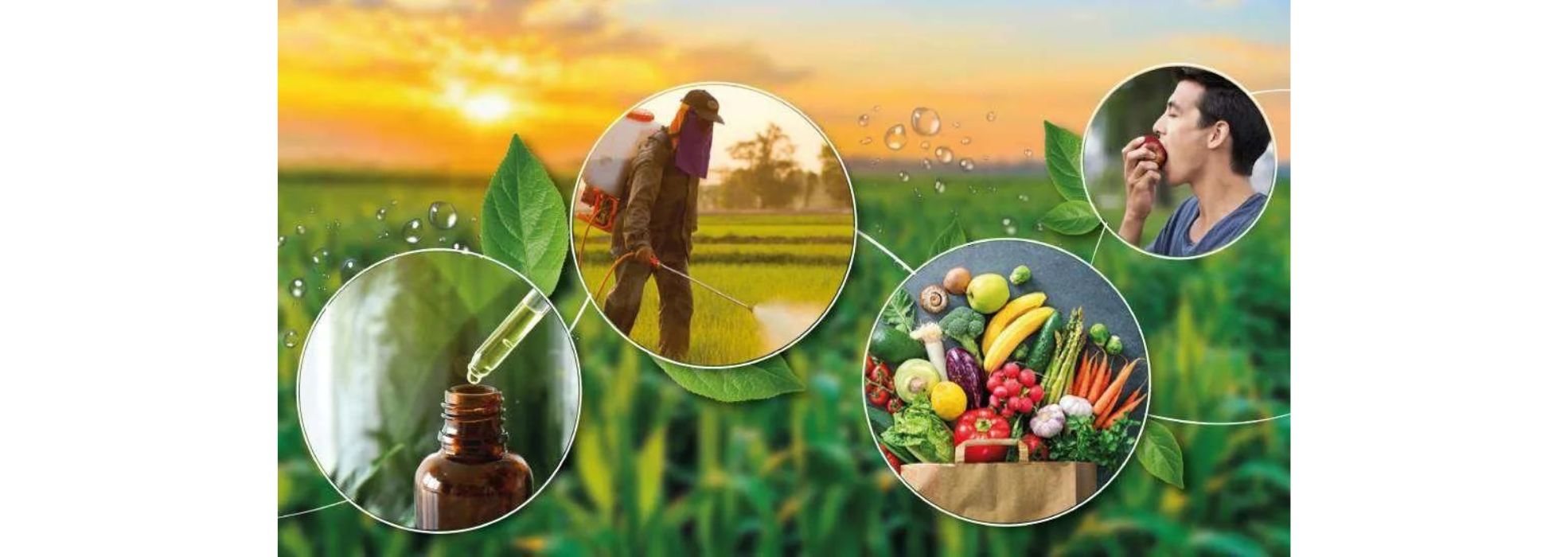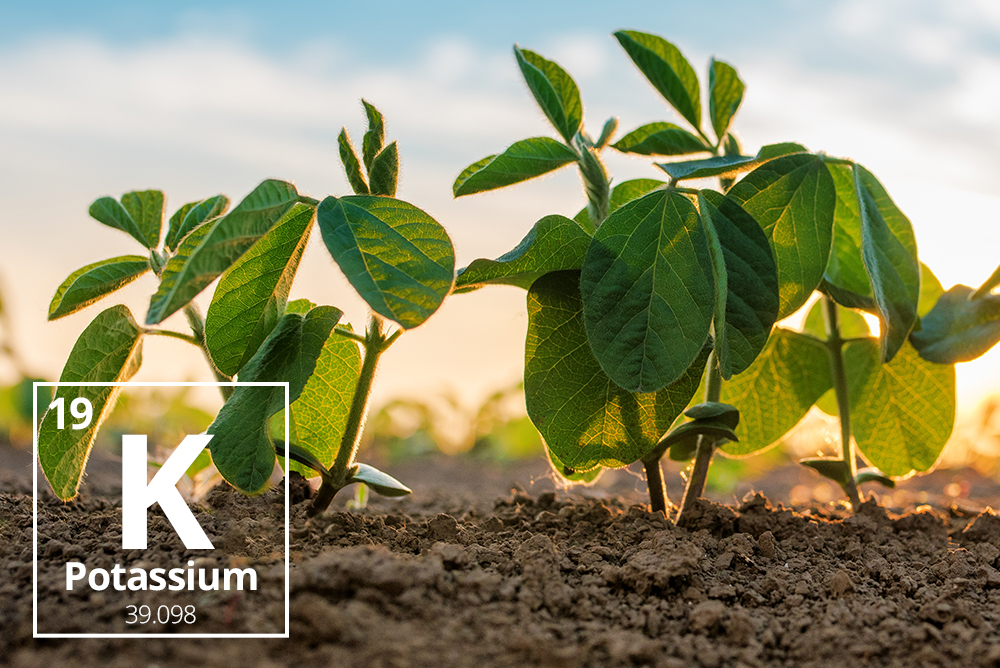From Seed to Harvest: Important Tips for Growing Onions Successfully
October 21, 2024From
Seed to Harvest: Important Tips for Growing Onions Successfully
Onions
are one of the most widely cultivated vegetables across the globe, loved for
their versatility in the kitchen and their valuable health benefits. They are a
staple in every household, making onion farming a profitable and rewarding
venture. However, growing onions requires careful planning, attention to
detail, and proper cultivation practices to ensure a successful harvest.
In
this blog, we’ll walk you through the key tips for growing onions—from seed to
harvest—helping you get the best yields and high-quality bulbs.
1. Choosing the Right Variety of Onion Seeds
The first step in successful onion farming is selecting the right variety suited to your region and climate. Onions are broadly categorized into short-day, intermediate-day, and long-day varieties, each with specific daylight requirements for bulb formation.
- Short-day
onions: These
varieties are best suited for regions with mild winters and are planted in
late fall or early winter. They need 10-12 hours of daylight to form
bulbs.
- Examples: Texas
Grano, Granex, and Red Creole.
- Intermediate-day
onions: These
varieties are ideal for areas with moderate climates, requiring 12-14
hours of daylight.
- Examples: Candy,
Super Star, and Red Amposta.
- Long-day
onions: Best for
regions with long summer days, they require 14-16 hours of daylight to
bulb properly.
- Examples: Walla
Walla, Yellow Sweet Spanish, and White Bermuda.
Tip: Choose a variety based on your local climate
and growing season length to ensure proper bulb development.
2.
Soil Preparation: Creating the Ideal Growing Environment
Onions
prefer well-drained, loamy soil rich in organic matter. Preparing the soil
before planting is crucial for providing the nutrients onions need throughout
their growing cycle.
Steps
for Preparing the Soil:
- Test Soil pH: Onions thrive in slightly acidic to
neutral soil, with a pH range of 6.0 to 7.0. Test your soil and
amend it accordingly.
- Add Organic
Matter:
Incorporate compost or well-rotted manure into the soil to improve its
fertility and structure. This ensures better drainage and aeration, which
onions require for healthy root development.
- Fertilize
Properly: Before
planting, add a balanced fertilizer (such as 10-10-10) to the soil, rich
in nitrogen, phosphorus, and potassium. Onions are heavy feeders,
especially in the early growth stages, so providing nutrients upfront will
encourage strong growth.
3.
Planting Onions: Timing and Techniques
Onions
can be grown from seeds, sets (small onion bulbs), or transplants. Each method
has its advantages depending on your location and the time of year.
Growing
Onions from Seeds:
- Start
Indoors: If growing
from seed, start them indoors about 8-10 weeks before the last frost date.
Plant the seeds ¼ inch deep in trays or pots filled with seed-starting
mix.
- Transplant
Outdoors: Once the
seedlings reach 4-6 inches in height, they are ready to be transplanted
into the garden. Space them about 4-6 inches apart in rows 12-18 inches
apart.
Growing
Onions from Sets or Transplants:
- Planting
Sets: Onion sets are small, immature
bulbs that are easy to plant directly into the garden. Simply push them
into the soil, about 1 inch deep, with the pointed end facing upward.
- Transplants: If using transplants, ensure they are
about 6 inches tall before planting outdoors. Space them similarly to
seed-grown plants.
Tip: Onions need cool weather to establish roots,
so plant them in early spring for most regions, or late fall in areas with mild
winters.
4.
Watering and Fertilizing: Keeping Your Crop Healthy
Onions
require consistent moisture throughout their growing period, but overwatering
can lead to rot. Proper irrigation and fertilization play a key role in
ensuring healthy growth and high yields.
Watering
Tips:
- Consistent
Moisture: Keep the
soil evenly moist but not waterlogged. Onions need about 1 inch of
water per week, especially during the bulb formation stage.
- Avoid
Overwatering: While
onions need moisture, standing water or soggy soil can cause root rot.
Ensure proper drainage and monitor soil moisture closely.
Fertilization
Tips:
- Feed
Regularly: Onions are
heavy nitrogen feeders, particularly during their early stages of growth.
Apply a high-nitrogen fertilizer every 2-3 weeks to encourage leaf growth,
which supports bulb formation.
- Reduce
Nitrogen During Bulbing:
Once the bulbs begin to swell (typically when the plant has 5-6 leaves),
reduce nitrogen and switch to a balanced fertilizer to support bulb
development.
5.
Weed Control: Keeping the Bed Clean
Weeds
can quickly outcompete onions for nutrients and water, so keeping your onion
beds weed-free is essential. Onion roots are shallow, making them vulnerable to
competition from weeds.
Weeding
Tips:
- Hand Weed
Regularly: Because
onion roots are shallow, it’s best to weed by hand rather than using tools
that can disturb the plants.
- Mulch: Applying a layer of organic mulch, such
as straw or grass clippings, around your onions can help suppress weeds
and retain soil moisture.
6.
Pest and Disease Management: Protecting Your Crop
Onions
are relatively resistant to many pests and diseases, but they are not entirely
immune. Common issues include onion maggots, thrips, and fungal diseases like
downy mildew and neck rot.
Common
Pests:
- Onion
Maggots: These
small larvae feed on the roots and bulbs, causing plants to wilt and die.
Use floating row covers to protect young plants, and rotate crops to
prevent infestations.
- Thrips: These tiny insects can damage leaves,
leading to stunted growth. Insecticidal soaps or neem oil can help control
thrips.
Common
Diseases:
- Downy Mildew: A fungal disease that causes yellowing
leaves and stunted growth. Improve air circulation by spacing plants
adequately and avoid overhead watering.
- Neck Rot: This fungal disease affects onions
during storage. To prevent it, allow the onions to dry thoroughly before
storing and avoid harvesting when the ground is wet.
Tip: Practice crop rotation by planting onions in
a different location each year to reduce the risk of pests and diseases
building up in the soil.
7.
Harvesting and Curing: Getting Ready for Storage
Knowing
when and how to harvest onions is crucial for ensuring they store well and last
for months.
Harvesting
Tips:
- When to
Harvest: Onions are
ready for harvest when the tops start to yellow and fall over, usually
about 90-120 days after planting, depending on the variety.
- Loosen the
Soil: Use a garden fork or spade to
gently loosen the soil around the bulbs before pulling them out to avoid
damaging the onions.
- Let Them
Cure: After harvesting, let the
onions dry in the sun for a few days to cure. Move them to a warm, dry
place with good air circulation to continue curing for about 2-3 weeks.
Storing
Onions:
- Once cured,
trim the tops and store the onions in a cool, dry, and dark place with
plenty of air circulation. Properly cured onions can last for 6-12 months,
depending on the variety and storage conditions.
Conclusion
Growing
onions successfully from seed to harvest requires proper planning, care, and
attention to detail. By selecting the right variety, preparing the soil,
managing irrigation and fertilization, and protecting your crop from pests and
diseases, you can enjoy a bountiful onion harvest.
Follow
these tips, and you’ll be well on your way to growing healthy, delicious onions
that will not only enhance your meals but also bring profitability to your farm
or garden. Happy growing!
At krishibazaar.in,
you can find and buy various agricultural products. For agricultural guidance
on selecting the most suitable products for your crops, please contact or
WhatsApp at +917887880887






Guest reviews
No reviews found for this Blog